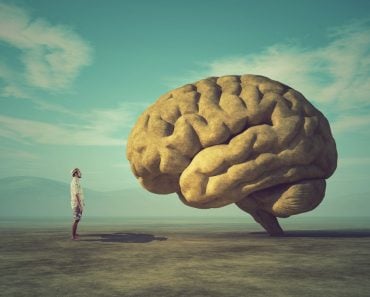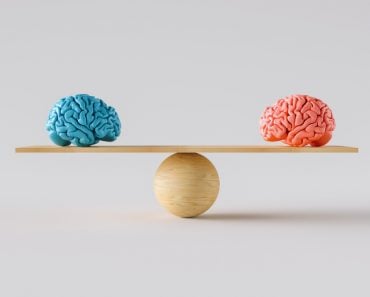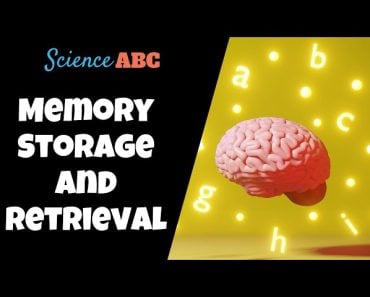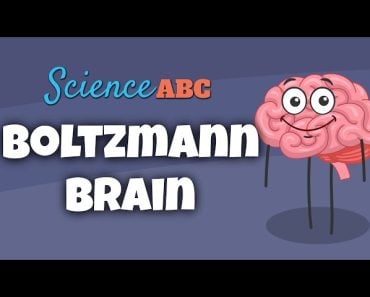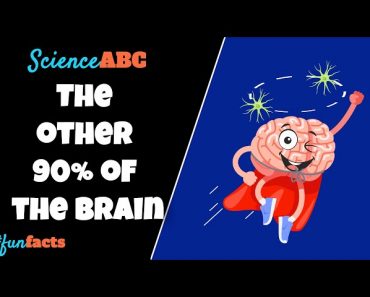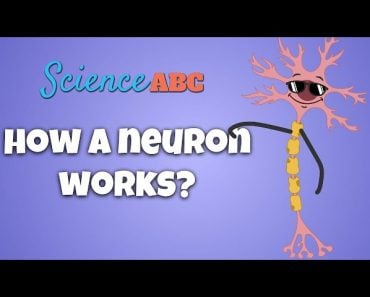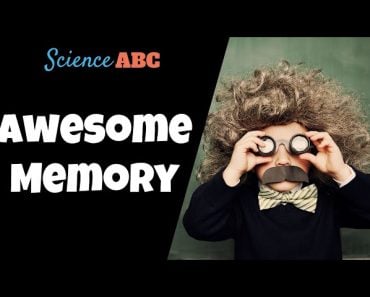Myths about the brain that are prevalent among teachers arise from oversimplifying or misconstruing scientific facts based on research. These lead to improper teaching practices and can adversely affect learning in classrooms.
Imagine a student of about 10 years of age who struggles in math. What if the student’s teacher believes that there is a sensitive period for learning math and that the student has passed that age?
In such a case, the teacher might abandon all efforts to help the student improve because they believe that mathematical abilities are set in stone after a certain ‘sensitive period’.
Now you may even be wondering if this is true.
It is not, as mathematical abilities do not have a “critical period”.
However, in this case, misinformation about the brain that the teacher held ended up hampering a child’s education and future.
This is only a small illustration of how myths about the brain inform teaching and education in general.
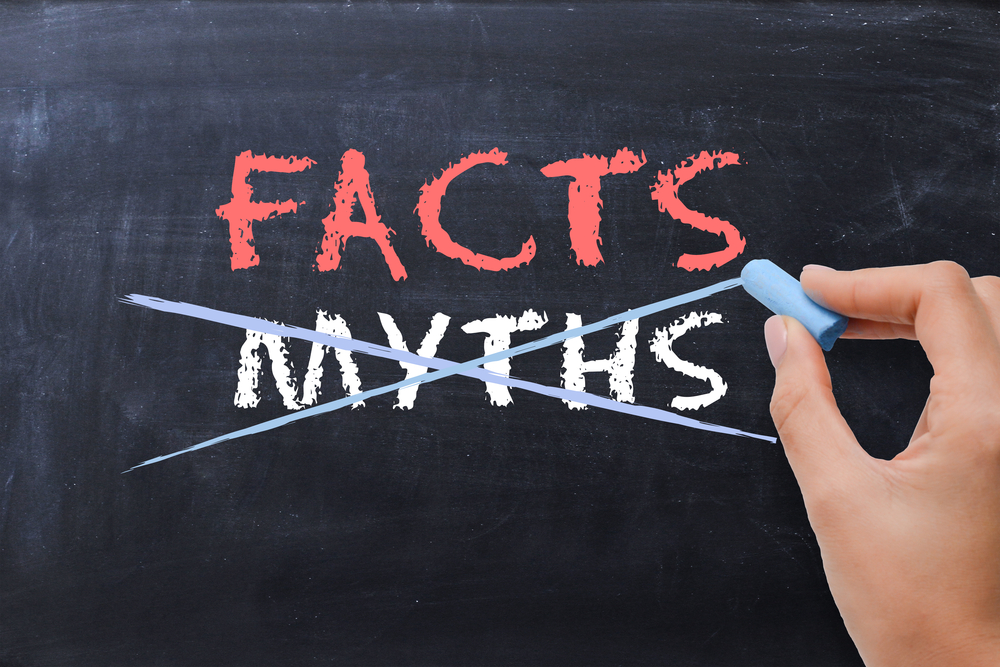
So, are there more myths about the brain among teachers? And what is the truth behind these beliefs?
Let’s explore the truth behind some popular myths about the brain and their influence on education.
Recommended Video for you:
Neuromyths
The UK’s Organization of Economic Co-operation and Development (OECD) popularized the term ‘neuromyth’ by using it to refer to misconceptions about the brain arising from misconstrued scientific research being applied in the field of education. Adding scientific terminology often helps promote incorrect ideas without opposition.
For example, ‘we use only 10 percent of our brains’ faces less criticism than ‘people can always improve their abilities by working hard’.
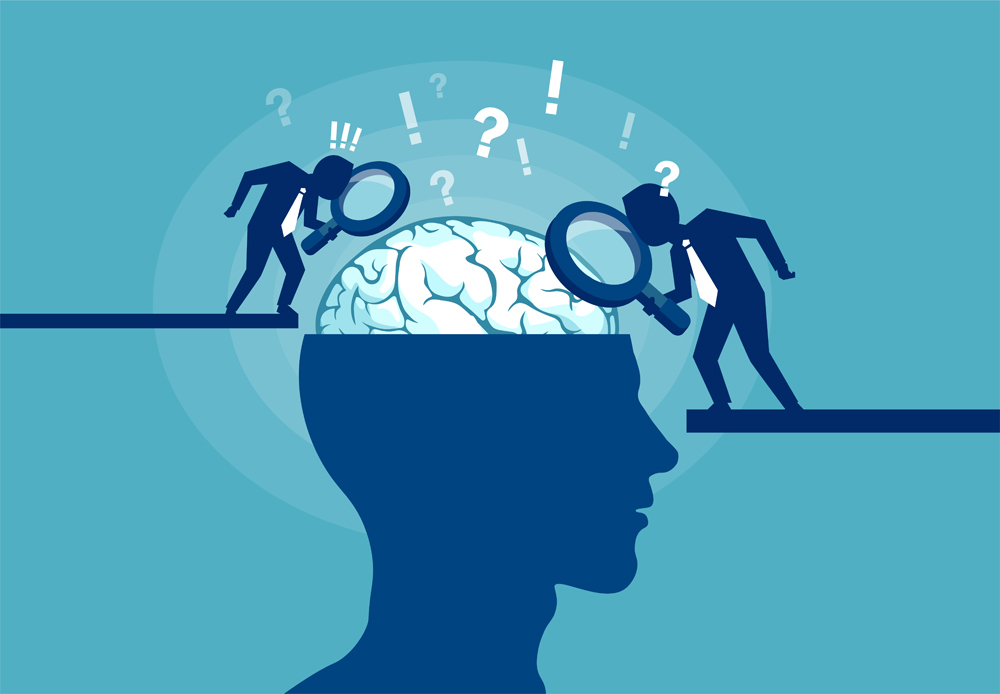
The proper explanations for these myths are usually inaccessible to the general public and are only available to the scientific community. Therefore, these myths spread like wildfire, resulting in misinformed teaching policies in classrooms.
How does one counter this? By finding and using correct information! We need to equip ourselves with facts in order to immunize ourselves to such unscientific (and infectious!) notions. The gap between scientists who study the brain and teachers who handle ‘brains’ in classrooms must be reduced using bridges of correct information.
Common Neuromyths Among Teachers
A general assumption that many of us make when we hear about ‘myths’ is that they are less prevalent in the developed world or that they may be prevalent only in certain far-removed cultures. However, surveys that studied teachers in the UK, Netherlands, Turkey, Greece, and China revealed similar prevalence levels of neuromyths in all countries!
For example, a whopping 93 percent of teachers in the UK believed that children learn better when taught in their ‘learning style’, a belief similarly held by 96-97 percent of teachers in other countries. Clearly, these myths are present among teachers everywhere!
Let’s take a look at the most popular myths reported among international communities of teachers and the truth behind them.
The ‘10 Percent’ Brain Myth
The most popular myth about the brain is that ‘we mostly use only 10 percent of our brains’. This is of course, completely untrue. The brain habitually gets rid of connections that are not of use or relevance to an organism. If this myth were true, we would all have lost 90 percent of our ‘unused’ brains! Individuals who injure even minor parts of the brain through accidents often lose critical functions, such as movement and language, indicating that all of our brain tissues carry out important functions—nothing can be discarded!
This myth is dangerous because it leads people to believe that their actual intelligence or other abilities are far beyond what they currently display, which is completely untrue. Although there is some space for improvement, our performance is usually a good measure of our skills and intelligence. (Read more)
The Myth Of Learning Style
Teachers often believe that every child has a preferred ‘learning style,’ where some learn better through visual aids and some through auditory or kinesthetic methods. This leads to teachers spending considerable time and effort to teach each child using a technique that matches their ‘supposed’ learning style, but do “learning styles” even exist?
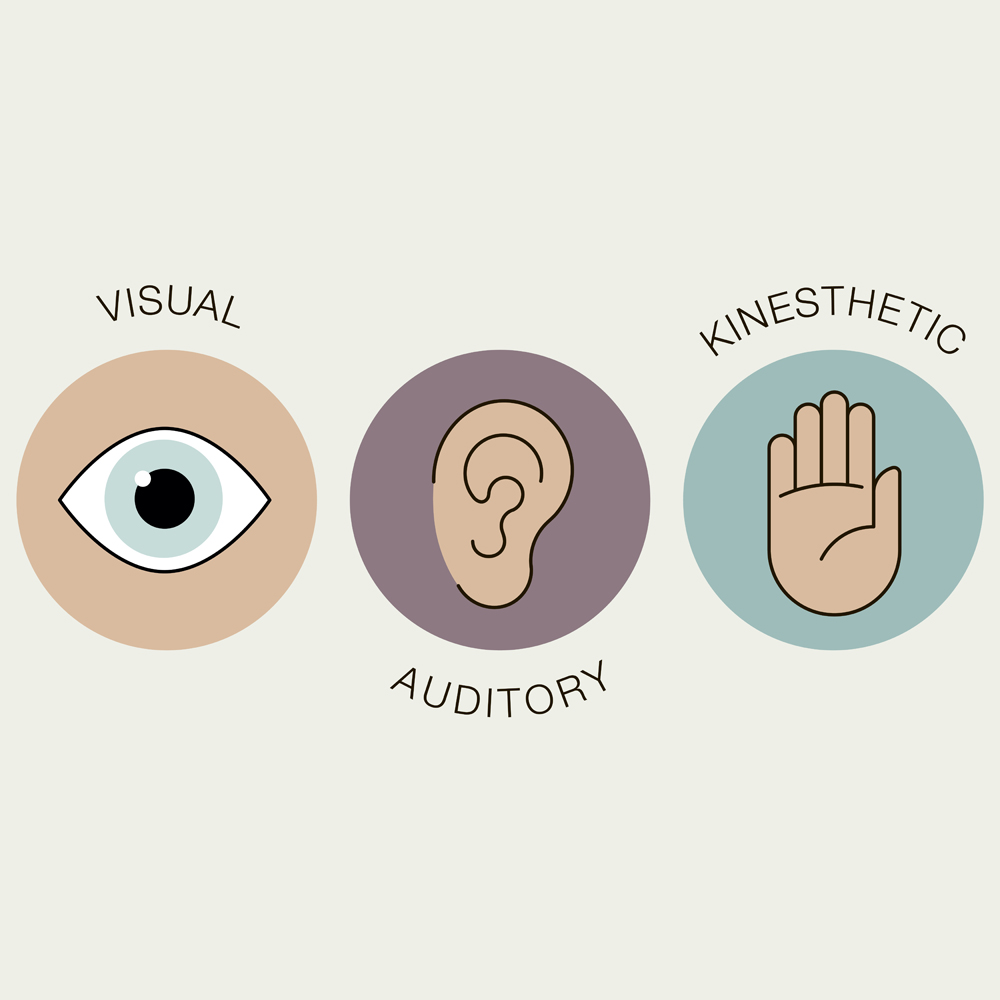
Scientists have been unable to find any supporting evidence for classifying people into ‘broad’ categories of visual, auditory, and kinesthetic learners. It does not help that most of the evidence in support of this myth comes from ‘self-reports’ of learners themselves, which is hardly a reliable source.
The Left Brain-right Brain Myth
This myth propagates the notion that people have different dominant brain hemispheres that give them different skills or abilities. The claim is that ‘right-brained’ individuals are talented in the arts, while ‘left-brained’ ones are more rational in their thinking. Some teachers even believe that coordination exercises can improve communication between hemispheres.
The brain has two hemispheres, but they function much like our two hands; they are both capable of the same functions. As such, one hemisphere might be used for a specialized function, just as most of us prefer using our right hand for writing. However, using our right hand doesn’t give us special abilities, nor does it mean that our left hand cannot perform the same function!
The idea of hemisphere specialization has been blown out of proportion and has given rise to the false idea that people can be ‘right-brained’ or ‘left-brained’. Furthermore, crosstalk between hemispheres is not dependent on ‘coordination’ exercises; it relies on fibers that connect the two halves, and no, they cannot be modified by moving your body! (Read more)
Myths About The Critical Period
Research has shown that languages are more easily learned before the age of ten, so if a child doesn’t receive any exposure to hearing speech until that age, they won’t learn to speak. This is often called the ‘critical period’ for language development. (Read more)
However, this idea has been oversimplified to mean that there is a sensitive period for general brain development and all forms of learning, which is untrue. This myth often makes parents rush to expose children to different types of learning at an early age. Teachers who believe this may abandon efforts to help students who lag behind peers in math or science after the perceived sensitive period, as they think their abilities cannot be improved anymore.
The truth is that the brain is much like a muscle; it can always change when given new inputs. Training can always help to improve abilities because the brain has a property called ‘neuroplasticity,’ by which it can modify itself based on incoming information. This ability is not dependent on age and has no sensitive period.
Conclusion
Several myths about the brain are prevalent across the globe among teachers, including the ‘ten percent’ brain myth and the ‘left and right brain’ myth. Many of these myths arise from oversimplifying or misconstruing scientific facts based on research.
It is not right to ‘push them under the rug’ or think of these neuromyths as inconsequential, as they can lead to improper teaching practices in classrooms and eventually impede the future of schoolchildren.
References (click to expand)
- Understanding the Brain -Towards a New Learning Science. The Organisation for Economic Co-operation and Development
- Howard-Jones, P. A. (2014, October 15). Neuroscience and education: myths and messages. Nature Reviews Neuroscience. Springer Science and Business Media LLC.
- Kirschner, P. A. (2017, March). Stop propagating the learning styles myth. Computers & Education. Elsevier BV.



